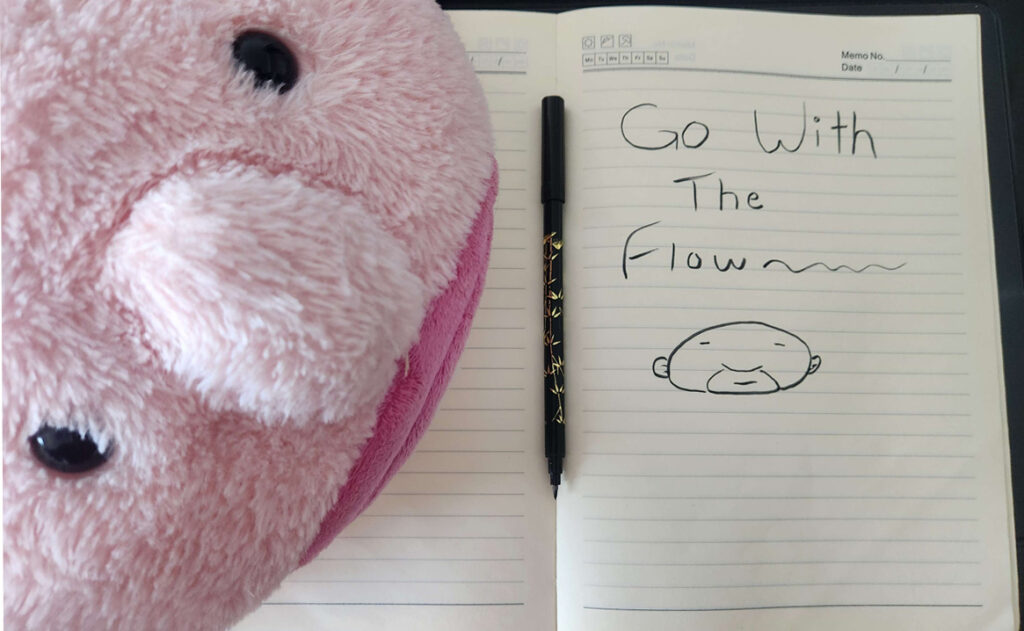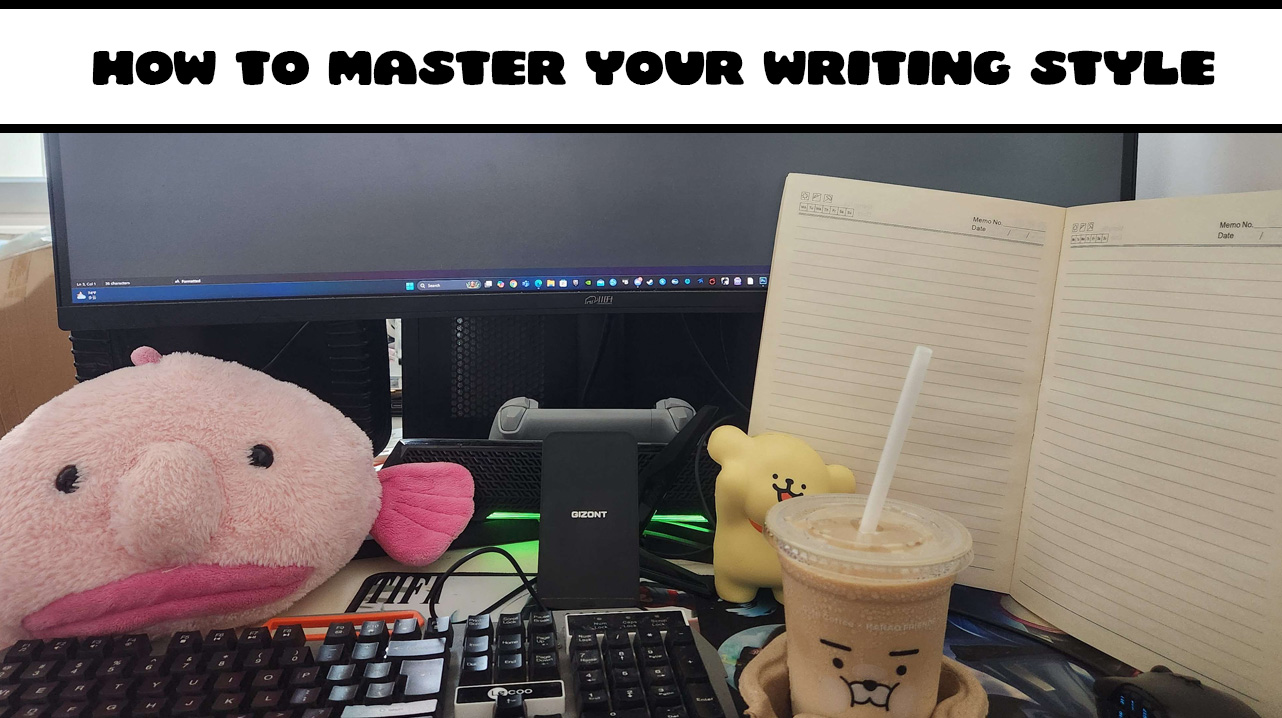Everyone’s writing style works a little differently. Some people swear by outlines. Others just start typing and hope the story figures itself out (that’s me!). And then some writers like a bit of both, blending planning with spontaneity.
There’s this idea that you need to write “the right way,” like there’s a golden method that will finally unlock your potential. But the truth is, there is no one-size-fits-all process. Finding what works for you is part of the journey.
Let’s talk about a few of the most common writing styles, their strengths and flaws, and how they might (or might not) fit your vibe.
1. The Go-With-the-Flow Writing Style (My Style)

I tend to write with a general idea in mind, usually the beginning and the end, but I let everything in between evolve naturally. I don’t stress too much about getting every detail mapped out ahead of time. Instead, I start writing and let the characters and story steer the wheel.
Sometimes I’ll jot down a few quick notes or major plot beats, but most of the time, I just feel out the story as I go.
What I love about it:
- It keeps the process fun and unexpected.
- I can change directions on a whim if I get a better idea.
- My characters often feel more alive because I’m learning about them in real time.
What can be rough:
- When I change one major plot point, I sometimes have to go back and rewrite a bunch of other stuff to make it all line up.
- It’s easy to write myself into a corner if I’m not careful.
- Keeping track of all the details gets tricky when I don’t have a clear map.
Still, this method works for me, messy, but freeing. Sometimes I’ll grab a cup of coffee, sit down, and dive in with no idea what’s going to happen next. It’s like reading my own story as I’m writing it. The twists and turns surprise me just as much as they would a reader, and that sense of discovery is what keeps me coming back. It’s an adventure every time I open the document.
2. The Outliner Writing Style (The Planner)

Outliners are writers who like to plan things out before writing. That could mean a basic bullet list of chapters or a super-detailed roadmap complete with character sheets, timelines, and even spreadsheets. These writers like to know what’s coming and where the story is headed before they dive in.
Why it works for some:
- It keeps the plot on track and prevents major holes from showing up.
- Helps avoid writer’s block by always having a next step ready.
- It’s easier to manage long or complex stories with multiple characters or arcs.
What might be challenging:
- It can sometimes feel too rigid, especially when a new idea pops up that doesn’t fit the original plan.
- Spending too much time planning might delay actually writing.
- There’s a risk of over-planning and under-executing.
If you’re someone who likes structure, direction, and knowing where the path leads before taking the first step, this might be your sweet spot.
3. The Hybrid Writing Style (The Middle-Ground Writer)


Some writers fall right in the middle. They might start with a loose outline or some key ideas and leave the rest open to discovery. These writers want just enough structure to feel grounded but still want room to wander off the path when inspiration hits.
This reminds me of a trip I took to Tokyo, Japan, years ago. I had a handful of goals: visit Godzilla Street, eat authentic Japanese dishes, and explore the anime-themed streets. But I didn’t have a strict schedule or itinerary. I didn’t even have a phone plan (no SIM card, no GPS), so I was relying on subway maps, signs, and my own instincts the whole time. I ended up getting lost a few times, but that led to some of my favorite moments. I stumbled across a giant Gundam statue, saw some beautiful gardens, explored museums I didn’t even know existed, and had an incredible time. That trip is exactly how this writing style feels: planned enough to have direction, but open enough to let the magic happen.
Why this might click:
- It offers a nice balance between control and creativity.
- You’re not boxed in, but you’re also not lost.
- It can reduce the chaos while still leaving room for surprises.
What’s tricky:
- It can be hard to know when to stick to your plan or go off-script.
- You still might end up with inconsistencies that need fixing later.
- It’s a balancing act, and balance isn’t always easy.
Many writers naturally fall into this middle space. It’s flexible, adaptive, and can be tailored to suit different projects.
So… Which Style Is Right for You?

Here’s the honest answer: whatever helps you write.
Try different approaches. Mix them. Scrap them. Come back to them later. Your process doesn’t have to be perfect; it just has to work for you.
And it’s okay if your style changes over time. Some stories might need more structure. Others might demand more freedom. Sometimes you just need to experiment until something clicks.
Final Thoughts:

I’m a go-with-the-flow writer, and it’s not always clean. Sometimes I get lost, make significant changes, and have to backtrack. But I’ve learned to embrace that chaos. Because at the end of the day, it keeps me writing. And that’s what matters.
Whether you’re someone who outlines every scene or someone who starts with a single line of dialogue and builds from there, the best writing process is the one that gets the story out of your head and onto the page.
So try things out. Find your groove. And most importantly, just keep writing.
Anyway, let me know in the comments what your writing style is! I would love to talk about it.


Leave a Reply